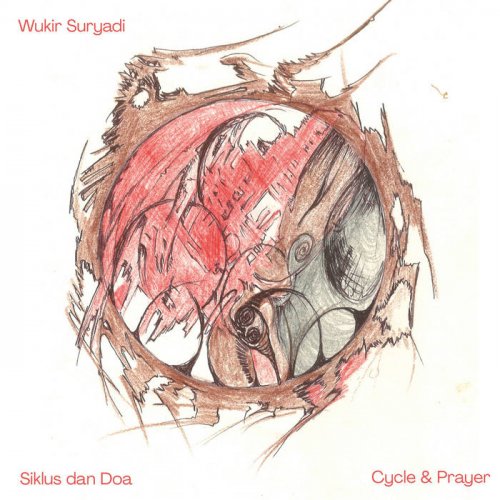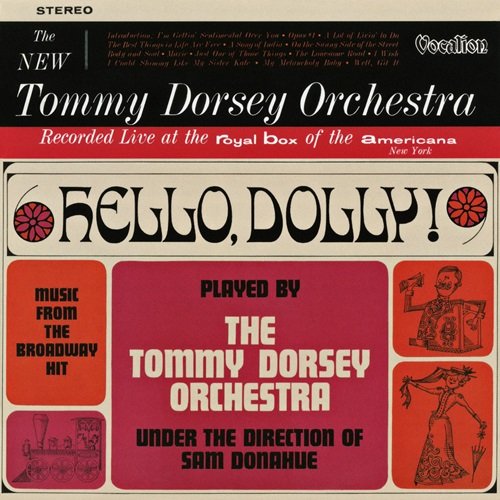Wukir Suryadi - Siklus Dan Doa (2024)

Artist: Wukir Suryadi
Title: Siklus Dan Doa
Year Of Release: 2024
Label: Discrepant – CREP 104
Genre: Ambient
Quality: 16bit-44,1kHz FLAC / 24bit-44,1kHz FLAC
Total Time: 35:40
Total Size: 165 mb / 348 mb
WebSite: Album Preview
TracklistTitle: Siklus Dan Doa
Year Of Release: 2024
Label: Discrepant – CREP 104
Genre: Ambient
Quality: 16bit-44,1kHz FLAC / 24bit-44,1kHz FLAC
Total Time: 35:40
Total Size: 165 mb / 348 mb
WebSite: Album Preview
1. Pikiran dan kepentingan (Thoughts and Concerns) (03:04)
2. Fenomena demi Fenomena (From Phenomena to Phenomena) (06:38)
3. Lubuk yang terdalam (The Depths of the Depths) (04:50)
4. Manusia oh Manusia (Human, Oh Human)
(02:38)
5. Selalu ada jalan keluar (There is Always a Way Out) (08:38)
6. Meyakini sebuah jawaban (Believe in an Answer) (04:50)
7. Kepada Cahaya yang menerangi Jiwa (To the Light which Illuminates the Soul) (05:02)
Born in 1977, in Malang, East Java, Wukir Suryadi began playing music for theatre at the age of 12 with the Idiot Theater Studio, and later with the Rendra Theater Workshop. In his solo work, and as a member of Senyawa, Error Scream, Bendera Hitam Setengah, Potro Joyo and other groups, Wukir breaks the boundaries of traditional music, death metal and avant-garde performance. On this new release, “Cycle and Prayer,” recorded in 2023, he expands the edges of his unique artistic world further, by digging in to meditative improvisation, art, and community building in his home workshop in the mountains of central Java. These recordings vibrate inwards, toward the microcosmic ecologies of forests and rivers; they distort outwards, resonating with global waves of apocalyptic change that are forcing all living beings to the edges of existence on earth. The result is a meditative poem that moves, as its titles announce, from phenomena to phenomena, praying that humans find a way out from the depths of the depths to the light that illuminates the soul.
An essential mode of creative work for Wukir is the creation of unique instruments, using these sound sources as “bullets of expression.” In addition to the spear-like tube zither Bambu Wukir, he has created the Solet, Enthong, Garu, Luku, Arrows, and Industrial Mutant instruments, which in addition to being used in live performance, have been exhibited in the Instrument Builders Project and the 2017 Jakarta Biennale. In the past few years, Wukir has begun to collaborate with local guitar makers, carpenters, and suppliers of native endemic wood in the mountain region of Salatiga. Using earthen bricks along with local woods (suren, coconut, mindi, and waru lengis) as building materials, he constructed a new studio and workshop space in Tingkir, where this album was made. The trees, water and air of the local environment have exerted a powerful influence in Wukir’s documentations of instrumental sound. On this recording, he uses the simple Cetta guitar, an instrument designed in Bali and made for Indonesian children and local communities of folk and popular musicians, in order to explore the different sonic characteristics of a more “normal” instrument built from local wood.
The themes of the album -- cycle and prayer -- arise from a foreboding series of meta-events that shook Indonesia and the world over the past years, following one after the other: the COVID-19 pandemic, the Ukrainian-Russian war, the Kanjuruhan Stadium tragedy in which football supporters were gassed and killed by police, revelations of government failures and corruption, the rise of personal vehicles, the increasing disturbance of natural patterns of the rainy season and other ecological cycles. “In these waves of technology and narratives of truth made for certain interests, playing a sound at a certain frequency and repeating can try to bring images and feelings to a certain point of consciousness,” Wukir told me. “Sound is a prayer that creates a change, whether gradual or rapid, in the behaviour of living things, to face the demands of the time, as humans struggle to live according to what they believe.” The drawings and sketches used for the cover spontaneously emerged alongside the recordings, as an instinctive depiction of “time and sound, nature that is outside of oneself, and nature that is within.”

![Colin James & The Little Big Band - Christmas (2007) [CD Rip] Colin James & The Little Big Band - Christmas (2007) [CD Rip]](https://www.dibpic.com/uploads/posts/2025-12/1766507683_folder.jpg)

![Pharoah Sanders - Love is Here: The Complete Paris 1975 ORTF Recordings (2025) [Hi-Res] Pharoah Sanders - Love is Here: The Complete Paris 1975 ORTF Recordings (2025) [Hi-Res]](https://www.dibpic.com/uploads/posts/2025-12/1766433183_a3712374313_10.jpg)




